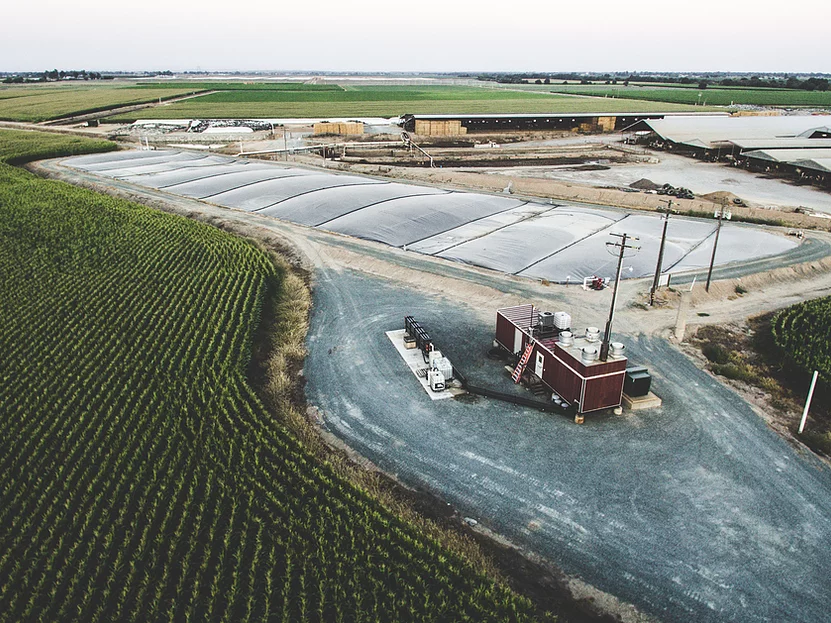Generate LFG Electricity for Electric Vehicles
As the demand for cleaner sources of transportation fuel increases, electricity from landfill gas (LFG) can be sold into transportation fuel markets or stored for electric vehicle (EV) charging stations.
Criteria:
- Project is in an area with favorable low-carbon transportation fuel policies such as California’s Low Carbon Fuel Standard (LCFS) and Oregon’s Clean Fuels Program.
- If an energy storage component is included, project is in an area with favorable policies such as behind-the-meter storage or net metering for grids that connect to larger grids.
Pros:
- EV charging stations can be located conveniently near the source of the LFG electricity as part of their regular routing, e.g., garbage fleets routinely visit a landfill and would not have to drive separately to get charged.
- Some state crediting programs allow for additional incentive credits for electricity used in EVs even when the charging station is not adjacent to the LFG electricity project.
Cons:
- Administrative process of registering the project and trading credits may be burdensome to the LFG electricity project owner.
Economic Considerations:
- Revenue from state-level low-carbon transportation fuel programs if electricity can be wheeled for vehicle use in that state. Credit revenue can be shared between project partners to increase profitability of project.
- See average credit prices on the LCFS Credit Transfer Activity Reports page.
- EV charging station costs vary depending on the charging level and type – equipment costs range from $300 to $40,000 and installation costs range from $600 to $51,000.1 Costs are expected to decrease as the demand for EV chargers increases. Incentives may also be available to offset costs for EV charging.
- Charging stations may also benefit from energy storage to avoid charging during peak electrical rate times. However, additional costs for storage would be required.
More Information:
- Fuels & Vehicles >> Electricity, U.S. Department of Energy/Alternative Fuels Data Center
- State Lawmakers Driving EV Policies in 2021, National Conference of State Legislatures (NCSL)
- State Policies Promoting Hybrid and Electric Vehicles, NCSL
- Decarbonizing U.S. Transportation (PDF), The Center for Climate and Energy Solutions
References
1 U.S. Department of Energy. Energy Efficiency & Renewable Energy. Costs Associated With Non-Residential Electric Vehicle Supply Equipment. November 2015. https://afdc.energy.gov/files/u/publication/evse_cost_report_2015.pdf.
2 Krifka, Kasey. The Climate Trust. Van Warmerdam Dairy Digester a Big Deal for Renewables. https://climatetrust.org/van-warmerdam-dairy-digester-a-big-deal-for-renewables/ . Accessed December 17, 2021.
3 Sacramento Municipal Utility District (SMUD). RE: Tier 2 Pathway Application B0037; SMUD (S338): Low-CI Electricity from Dairy Manure Biogas Digester Genset System in Van Warmerdam Dairy Farm; Electricity use to charge electric vehicles in Sacramento County, California. December 26, 2019. https://ww2.arb.ca.gov/sites/default/files/classic/fuels/lcfs/fuelpathways/comments/tier2/b0037_smud.pdf.
4 Maas, Daryl. Maas Energy Works, Inc. Email correspondence. November 15, 2021.

